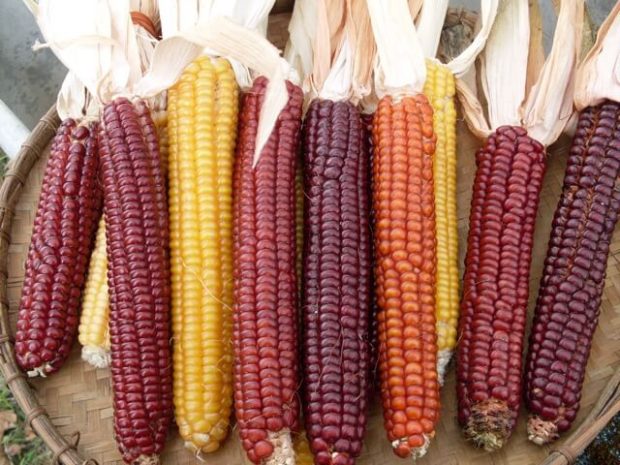Corn or wheat?
Sep 2nd, 2018 by John Houghton
Early settlers of northern Indiana had little choice but to plant corn as their main crop: the soil was so rich in nutrients that it wouldn’t support wheat. At first, they would have planted gourdseed corn; modern dent corn was developed from crossbreeding gourdseed and flint corns in the 1840’s.
Virginia White Gourdseed Corn:
https://www.monticelloshop.org/600574.html
Flint Corn:
https://www.adaptiveseeds.com/product/vegetables/corn/flint-corn-cascade-ruby-gold-organic/
Reid’s Yellow Dent Corn (1847):
https://www.marysheirloomseeds.com/products/reids-yellow-dent-corn
Wheat, once it could be grown at all, was the early leader in northern Indiana: but a depression in the 1840’s was accompanied by a late freeze in 1841, and the wheat crop failed in 1849 and 1850. In 1859, Indiana was second only to Illinois in wheat production, but the crop came mostly from other parts of the state; forty years later, Indiana ranked only seventh, and hardly any of that wheat came from the northern counties. Northern Indiana had become part of the corn belt. Development of hybrid corns (which combined the desirable traits of different strains) in the early years of the 20th century, and their wide availability from the 1930s, finalized the relationship.Even before the mechanization of wheat harvesting, wheat was less labor-intensive than corn: three men could raise several hundred acres of wheat with the same work required for only sixty to eighty acres of corn. On the other hand, corn is more productive, yielding about three times as many bushels per acre as wheat, and was less vulnerable to late spring freezing and various plant diseases.




